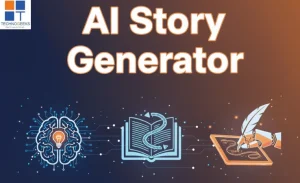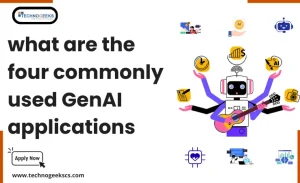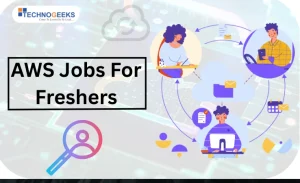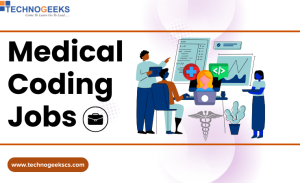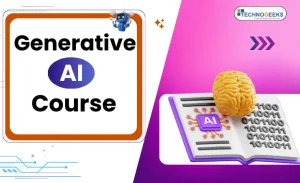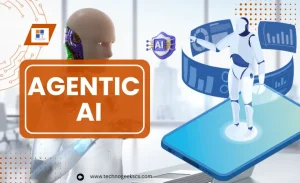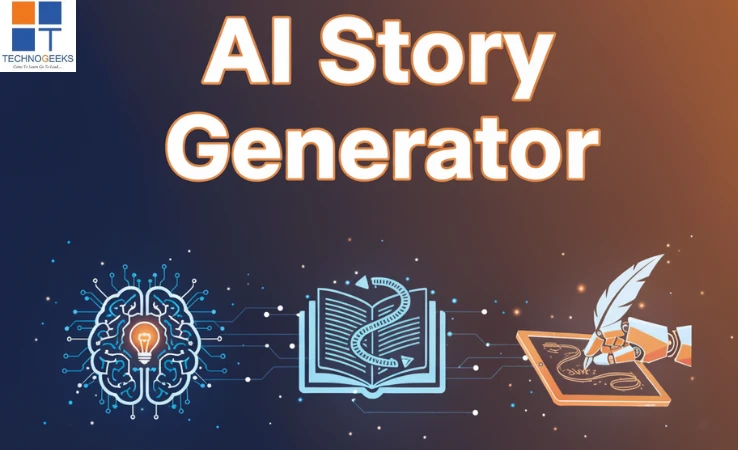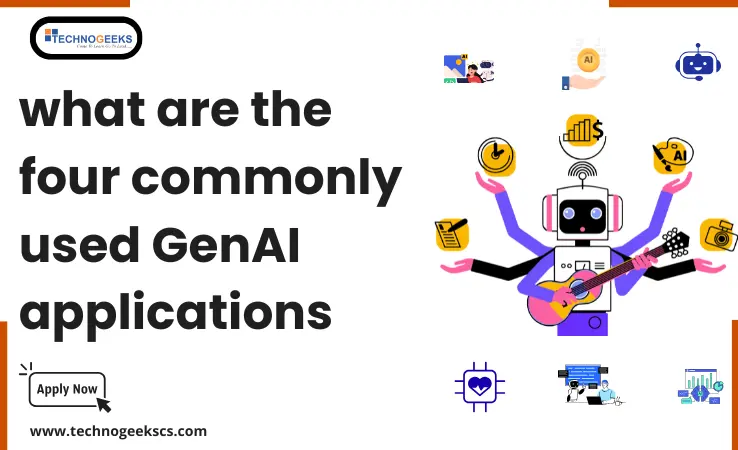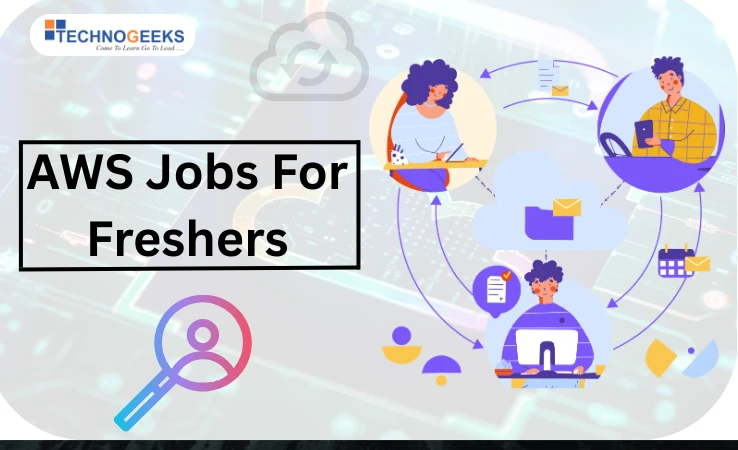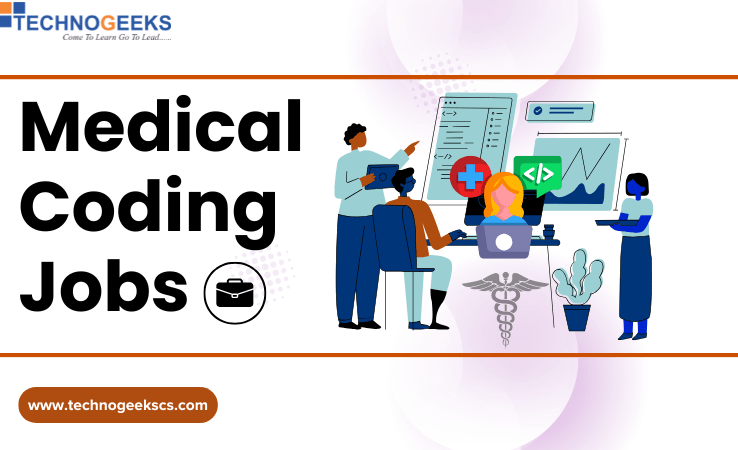Table of Contents
ToggleIntroduction
API (Application Programming Interface) integration in Python is the process of connecting a Python script or application to an external service or platform using an API. This allows the Python script to access and retrieve data or perform actions on the other service. To integrate with an API, you will typically need to make HTTP requests to the API using a library such as requests in Python, and handle the response data. You will also need to have access to the API documentation and an API key to authenticate your requests.
Python with Django
Django is a free and open-source web framework written in Python. One of the key features of Django is its built-in support for working with databases, which allows you to easily define and interact with data models in your application. It also has a built-in Object-Relational Mapping (ORM) system that allows you to interact with the database using Python code instead of writing raw SQL.
Django also has built-in support for working with APIs , the Django Rest Framework(DRF) is a powerful and flexible toolkit for building Web APIs. It is a third-party package for Django that makes it easy to build, test, debug, and document RESTful APIs written using the Django framework.
Uses of python with Django
Some common uses of Django include:
- Building web applications: Django’s Model-View-Controller (MVC) architecture makes it easy to build robust web applications with minimal coding.
- Database management: Django provides built-in support for several popular databases, including PostgreSQL, MySQL, and SQLite, making it easy to manage and interact with databases.
- Rapid development: Django’s reusable components and “batteries included” philosophy allow developers to quickly build and prototype web applications.
- Advanced features: Django includes built-in support for common web development tasks such as user authentication, URL routing, and form handling.
- Restful APIs: Django Rest Framework(DRF) a package that allows to build restful APIs quickly and easily.
- Scalability: Django’s architecture makes it easy to scale web applications as needed, allowing them to handle large amounts of traffic and data.
- Analytics platforms: Django can be used to build analytic platforms, it can be used to gather data, process it and present it in a user-friendly manner.
Python with Flask
Flask is a Micro web Framework which is written in python. It is a Microweb framework because it doesn’t need any tools or library to work. Its Syntax is very minimal And with its help you can make web applications very easily. It does not have any layer of data Abstraction form Validation or any other type ORM. which makes it very minimal & easy to use.
First all Flask was seen to get released on 1 April 2010 it’s developer, Armin Ronacher Who worked for Pocoo Group He made its development reach to such a level That today still in 2023, Flask is a very popular Framework Pocoo Python enthusiasts had a group which was formed in 2004. It is designed to make it easy to build small web applications and APIs quickly and easily. Unlike Django, Flask is a micro-framework that does not include an ORM (Object-Relational Manager) or such a built-in structure for database models, it does not include built-in support for forms, user authentication, or other common web development tasks. Instead, it provides a minimal and flexible core that allows you to build and structure your application as you see fit. Flask is often used for building small to medium-sized web applications, and it is popular among developers who prefer a lightweight and easy-to-learn framework.
Syntax
From flask import flask app = Flask (__name__)
@app.route(“/”)
def hello-world ():
return “<p>Hello, world !(</p>”
app.run (debug=True)
Uses of python in Flask
- Building web applications: Flask is well-suited for building small to medium-sized web applications that require a simple and lightweight framework.
- Building web APIs: Flask is often used to build RESTful APIs, which allows other applications to interact with your application’s data and functionality.
- Building small projects and prototypes: Flask’s simplicity and flexibility make it a good choice for building small projects and prototypes, allowing you to prototype ideas quickly and test out new features.
- Building microservices: Flask is lightweight and easy to set up and run. It is a popular choice for building microservices, which are small, independently deployable services that can be combined to build larger systems.
- Database management: Flask does not include an ORM (Object-Relational Manager) out-of-the-box, but it can be easily integrated with various third-party ORMs like SQLAlchemy, Peewee, etc.
- Machine Learning and AI: Flask can be used to build web applications that consume and expose machine learning models. It can be easily integrated with libraries like TensorFlow, Keras, and PyTorch.
- IoT applications: Flask can build web applications that interact with IoT devices and collect data.
- Building single-page applications (SPA): Flask can be used to build the backend of a SPA which is a web application that loads a single HTML page and dynamically updates the content as the user interacts with the app.
- Flexibility: Flask is not opinionated and leaves a lot of decisions to the developer. This makes it highly flexible, allowing developers to structure their applications as they see fit.
- Lightweight and easy to learn: Flask is lightweight and easy to learn for new developers who are just getting started with web development.
Difference between File system and Database system
| Sr no | File system | DBMS |
| 1) | It manages & controls the data file in the computer system. | it provide Systematic way to access update & delete data. |
| 2) | File system does not support multi user | DBMS Support multi user access. |
| 3) | File system is not secured. | DBMS is highly secured. |
| 4) | In file system data redundancy is high. | in DBMS Data redundancy is low. |
| 5) | Its cost is lower than DBMS. | Its cost is higher than the File System. |
| 6) | No data backup & recovery Process. | There is a Backup recovery for data. |
| 7) | it is used in Small System | It is used in large systems. |
| 8) | slow development of application new. | Fast development of new applications as data is already stored in the database. |
Uses of SQL and RDBMS
Uses of SQL:
SQL (Structured Query Language) is a programming language used to manage and manipulate relational databases. Some common uses of SQL include:
- Creating, modifying, and deleting databases and their tables
- Inserting, updating, and deleting data in tables
- Retrieving data from tables using SELECT statements
- Setting permissions and roles for users to control access to the database
- Creating and running stored procedures and functions
- Creating and altering views to present data in a specific format
- Performing complex queries to analyze and extract data from multiple tables.
Uses of RDBMS:
RDBMS stands for Relational Database Management System. It is a type of database management system (DBMS) that uses a relational model to organize data. Some common uses of RDBMS include:
- Storing and managing large amounts of data in a structured way.
- Enforcing data integrity and consistency through the use of constraints and relationships.
- Creating and manipulating database structures such as tables, views, and indexes.
- Inserting, updating, and retrieving data from a database.
- Creating and running queries to retrieve specific information from a database.
- Creating and managing database users and permissions.
- Enforcing data security through the use of encryption and other security measures.
- Supporting transaction management, which allows multiple users to access and modify data simultaneously without conflicts.
- Support for reporting and data warehousing
- Easy to use and handle with SQL as the standard language for interacting with the database
RDBMS are widely used in many applications such as e-commerce, financial systems, healthcare, and more. Popular RDBMS include MySQL, Oracle, MS SQL Server, and PostgreSQL.
API integration with python
API (Application Programming Interface) integration with Python allows a developer to access and manipulate data or functionality from an external service using Python code. Some common ways to perform API integration with Python include:
- Using the requests library to make HTTP requests to the API. This allows a developer to send GET, POST, PUT, and DELETE requests to the API and handle the responses in Python.
- Using a library specifically designed for a particular API, such as twee py for the Twitter API or google-api-python-client for the Google APIs. These libraries provide an easy-to-use interface for interacting with the API and often handle authentication and other details automatically.
- Using a Python web framework, such as Flask or Django, to create a web application that interacts with the API. This allows a developer to create a web-based interface for interacting with the API and can include additional functionality such as user authentication and data visualization.
- Using a python ORM (Object-Relational Mapping) library such as SQLAlchemy to interact with the data retrieved from the API and store it in a relational database
- Using a specific library like pandas to handle the data from the API and perform data analysis, manipulation and visualization
Introduction to MVC
Model-view-controller (MVC) is a software architectural pattern for implementing user interfaces on computers. It divides a given application into three interconnected parts. This is done to separate internal representations of information from the ways information is presented to, and accepted from, the user. The MVC design pattern decouples these major components allowing for efficient code reuse and parallel development.
Traditionally used for desktop graphical user interfaces (GUIs), this architecture has become popular for designing web applications and even mobile, desktop and other clients. Popular programming languages like Java, C#, Ruby, PHP and others have popular MVC frameworks that are currently being used in web application development straight out of the box.
MVC (Model-View-Controller) is a design pattern used in software engineering to separate the concerns of an application into three distinct components:
- Model: The model represents the data and business logic of the application. It is responsible for managing and manipulating the data, and for enforcing any rules or constraints that apply to the data.
- View: The view represents the user interface of the application. It is responsible for displaying the data to the user and for capturing any user input.
- Controller: The controller acts as an intermediary between the model and the view. It is responsible for receiving input from the user and translating it into actions that the model can perform, and then updating the view to reflect any changes in the data.
Difference between MVC and MVT
MVC
- MVC is primarily used in desktop and mobile application development
- In MVC, the view is responsible for displaying the data to the user
- MVC is more focused on the logic of the application,
- In MVC, the controller is responsible for receiving input from the user and translating it into actions that the model can perform,
- MVC is more complex and provides more flexibility and control over the application,
MVT
- MVT is primarily used in web development.
- while in MVT, the view is responsible for rendering a template that is then used to display the data to the user.
- while MVT is more focused on the presentation of the data.
- while in MVT, the controller is responsible for handling the request and response, and for interacting with the model to retrieve the necessary data.
- while MVT is simpler and more focused on the presentation of the data.




